In my current series of posts, I’ve mostly been discussing ideas for my novel in progress, The Big Aha. Recently I was been talking about a cosmic/robotic flip between two mental modes—see my October 24, 2012, post “The Two Mind Modes. Telepathy.” I’ll quote a bit of that post here as a reminder:
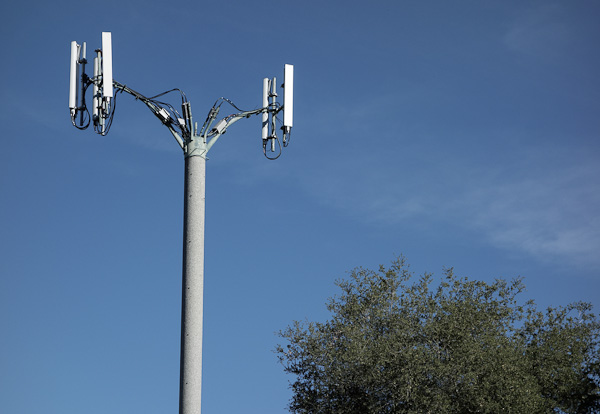
Open your (inner) eyes to your true mental life. Your state of mind can evolve in two kinds of ways that I’ll fancifully call—“robotic” and “cosmic”. The “robotic” mental processes proceed step-by-step—via reasoning and analysis, by reading or hearing words, by forming specific opinions. Every opinion diminishes you.
The “cosmic” changes are preverbal flows. If you turn off your endlessly-narrating inner voice, your consciousness becomes analog, like waves on a pond. You’re merged with the world. You’re with the One. It can be a simple as the everyday activity of being alert—without consciously thinking much of anything. In the cosmic mode you aren’t standing outside yourself and evaluating your thoughts.

And in my post of December 7, 2012, “Cosmic Fairlyand #1: How To See It” I was talking about a fairy/mundane flip between two reality modes. It would clutter my Big Aha novel (and beggar common sense) if I were to claim that these are two distinct axes, two distinct kinds of flips.
But I can’t just say that cosmic mode and fairyland are one and the same. Because when you can go into the fairyland state you disappear from physical view, and in the merely cosmic state you’re still around. When you go to fairyland, you physically cross a gap between the two levels. You can get off the floor and glue yourself to the ceiling.
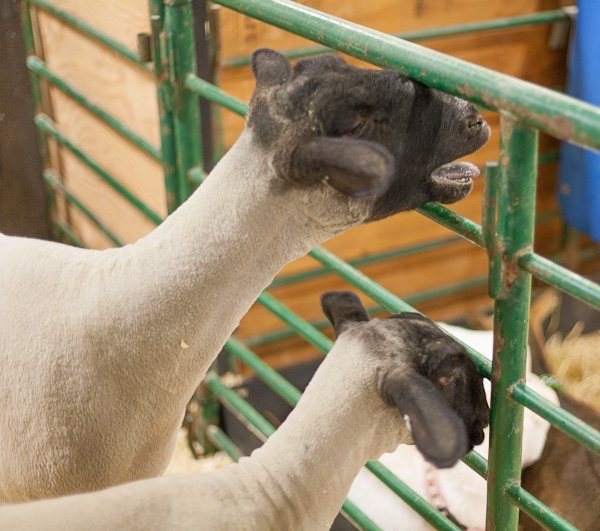
The “explanation” for the first flip, that is the cosmic/robotic mode flip in The Big Aha is that my characters get into a so-called quantum wetware state. And they have access to a so-called “gee-haw-whimmy-diddle” brain switch.
By the way, I can’t stand to keep using my character Gaven Garber’s stupid name: “the gee-haw-whimmy-diddle switch” throughout The Big Aha. I’ll have my character Loulou begin calling it “the third eye,” which is the name they used in my novel Spaceland.
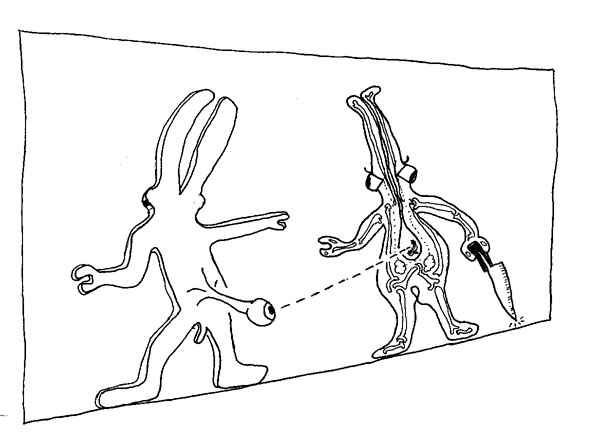
A 2D Flatland Character with a 3D Third Eye (from Spaceland). He can now see behind his wife and observe that she’s about to stab him.
So, as in Spaceland, we suppose that the third eye depends on an organelle that can stick up into 4D by a small amount. I’d considered having it be a macromolecule, but hell, let’s have it be bigger, like a lobster’s eye or crab’s eye on a short stalk. And we’ll say the gap between the mundane level and the fairyland level is fairly substantial, like maybe an inch. Forget about making it a mere atom’s width. I want some hyperthickness to maneuver in!
The third eye lives in your pineal gland of course. When the third eye is lifted or extended, you get unblocked access to a wider area—note that brainwave vibes pulse out into the full hyperthick space. With your third eye up on the alert, you can synch with more distant things. And that puts you into cosmic mode.
And—here’s today’s aha moment—if the third eye projects even more, if you really really stretch out the eye stalk, then your eye can bump into and adhere to the “fairyland” level of our hyperspace slab, and it can haul you up there, like a filament of web lifting a spider!
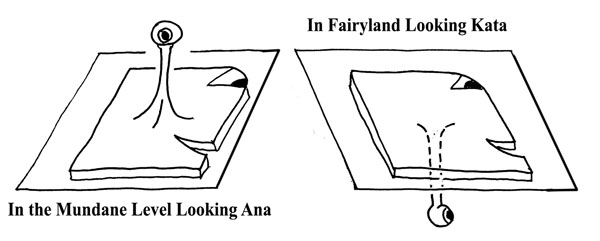
The 2D Being “A Square” with a 3D Third Eye Points Ana or Kata (from Spaceland)
Once you’re in fairyland, you can lie flat in it, or you can extend your third eye’s stalk back in the direction whence you came, as shown beloe. We’ll suppose that you can’t push the stalk out through the hyperspace box that contains our dual-level cosmos. I’ll explain about “ana” and “kata” in just a second.
In discussing the direction that the eyestalk points, it’s worthwhile to have words for the 4D correlatives of “up and down.” As in Spaceland, I’ll use “ana and kata,” following the writings of Charles Howard Hinton—see my June 8, 2009, blog post about Hinton.
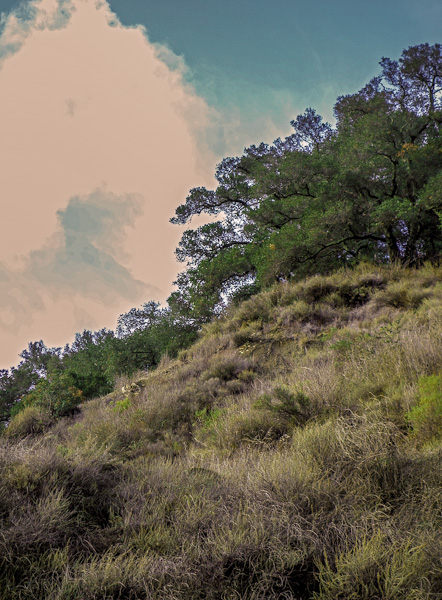
Mode: Eye Stalk: Body Is On: Robotic Mundane retracted floor Cosmic Mundane extended floor Robotic Fairy retracted ceiling Cosmic Fairy extended ceiling
Thus we have four possible modes. Your eyestalk can be extended, that is, pointing ana or kata into the hyperspace box of our space. Or it can be retracted, that is, fully contained within your body. As I already mentioned, when extending the probe, you need to push it ana when on the floor and push it kata when on the ceiling. And we get the four possibilities in our table because your body can either be ana on the “floor” or kata on the “ceiling.”

Cosmic, Mundane, Robotic and Fairy Modes
You might cycle through the four stages in the order shown in the figure above, jumping ana running down the left column and jumping kata running down the column on the right.
I’ll post more about these topics before too long, also I’ll want to say a little about the practice of inventing detailed explanations for SF/fantasy effects.








